10 Most Exciting Space Projects of the 21st Century
11th Apr 2022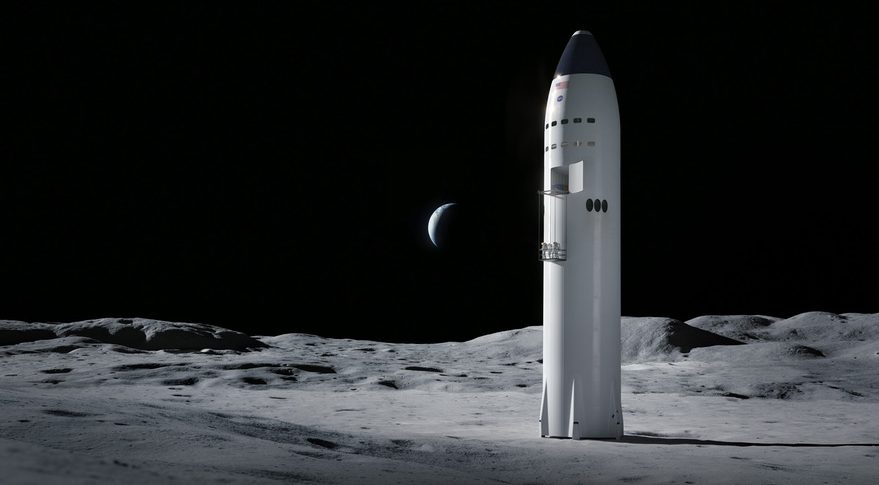
In 2024, the space age of mankind officially turns 67 years old, but the number of space projects is way higher now than it used to be. So, when did space exploration begin exactly? The starting point is considered to be the launch of the first Soviet artificial satellite on 4th October 1957, which marked the beginning of a great space race for the leading world powers.
At first, space exploration was very expensive and not very expedient. Outer space science projects required billions of dollars of funding, which greatly depleted state budgets, in return giving the satisfaction of geopolitical ambitions, at best. For this reason, by the end of the 20th century, the heat of the space race markedly cooled down, and many space projects, including NASA projects, were terminated as failing to meet expectations.
The 21st century gave space exploration projects a second chance. Governments have abandoned the privilege of sole access to space, opening it up to private companies. This is how the legendary Space X, Blue Origin, and Virgin Galactic came to life, becoming the drivers of the global space industry. For 20 years now, these companies have been setting space project trends. Orbital Today summed up all humanity’s achievements and ambitions in space projects during this time and highlighted the 7 most exciting space exploration projects of the 21st century.
CubeSats
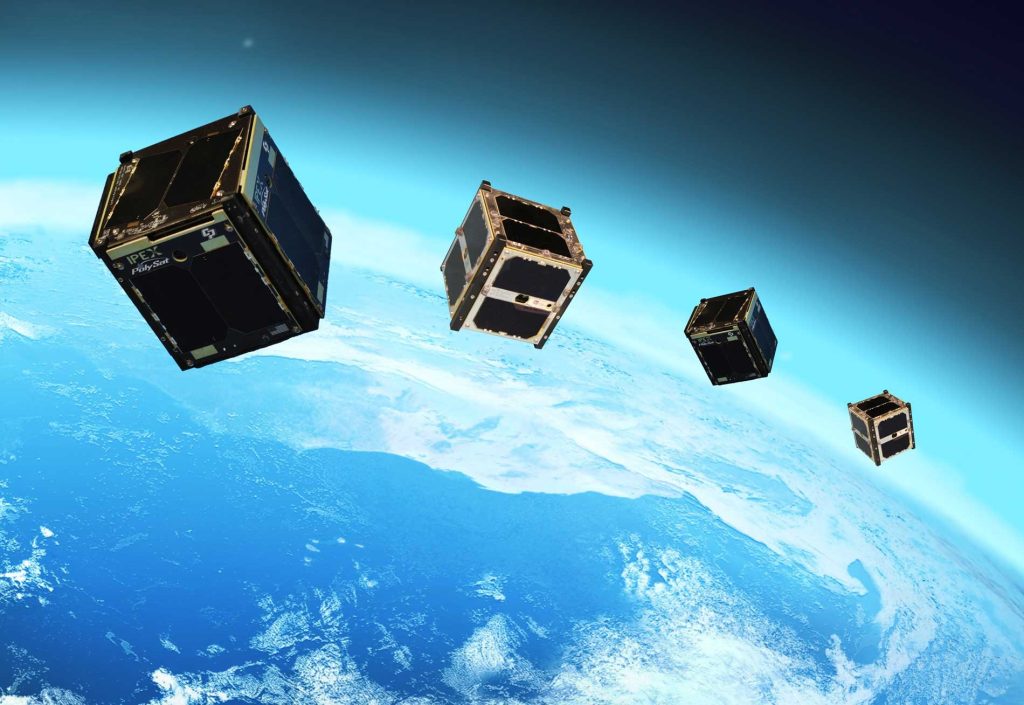
Without a doubt, one of the most iconic space science projects of the current century. A standardised micro- and nanosatellite platform was developed in 1999 by California Polytechnic and Stanford Universities to make building and launching spacecraft, along with space projects, cheaper and easier. This gave many countries, businesses, civil and scientific organizations the opportunity to place their own satellites in orbit on a modest budget.
The main feature of the CubeSat project is its fixed dimensions that change in multiples, i.e., CubeSat 1U (unit) is a cube measuring 10x10x10 cm, 2U is two cubes 10x10x20 cm, 3U is 10x10x30 cm, and so on up to 12U. Such project standardisation greatly simplifies the procedure for launching into space, namely, the adaptation of a particular satellite project to a particular rocket. With conventional satellite projects, you have to design an individual adaptor each time, but with CubeSat, this function is served by a special container, which undergoes a one-time adaptation to a specific rocket and upper stage and is subsequently used at each launch. Thus, the time for development, construction and project launch preparation takes several months instead of several years, and the costs are also reduced several times.
CubeSat launches began in 2003, causing a real boom in outer space science projects. Today, these satellites take 15% of the total active satellites’ share.
Private Space Launchers
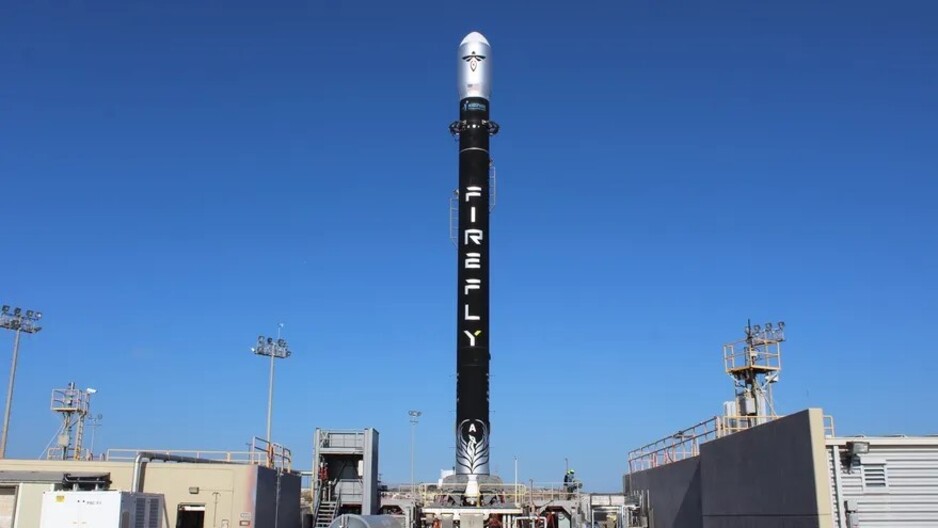
The emergence of private players has significantly increased project competition in the aerospace industry. The most ambitious space project of the 21st century, Space X, took only 6 years to launch its first Falcon, albeit on its fourth attempt. Today, the Falcon 9 project has more than 130 successful launches to its credit and offers an unprecedentedly low cost of delivering 1kg of cargo to LEO – USD 2,200. In terms of the number of monthly launches, only the Long March family of Chinese launch vehicles can compete with Elon Musk’s recent space projects, but Chinese rockets are state-owned, cost more, and do not offer such favourable conditions.
Commercialisation has increased the capitalisation of the rocket and space industry many times over and, today, it exceeds $400 billion. The huge funds invested by private investors in space technologies and projects have made it possible to significantly reduce spacecraft in size and reduce the cost of its production, which created a demand for micro-launchers – light and ultralight rocket projects. By the beginning of the 3rd decade of the 21st century, the leaders of this launch market niche were already clearly formed: Rocket Lab and Virgin Orbit, as well as European private companies developing this class of rockets – British Orbex Space and Skyrora, German ISAR Aerospace, Firefly Aerospace, Rocket Factory Augsburg, and Spanish PLD Space. All of them plan to enter the space exploration projects market in the next two years, which will further increase competition and reduce the launch services cost.
Moon and Mars Colonisation
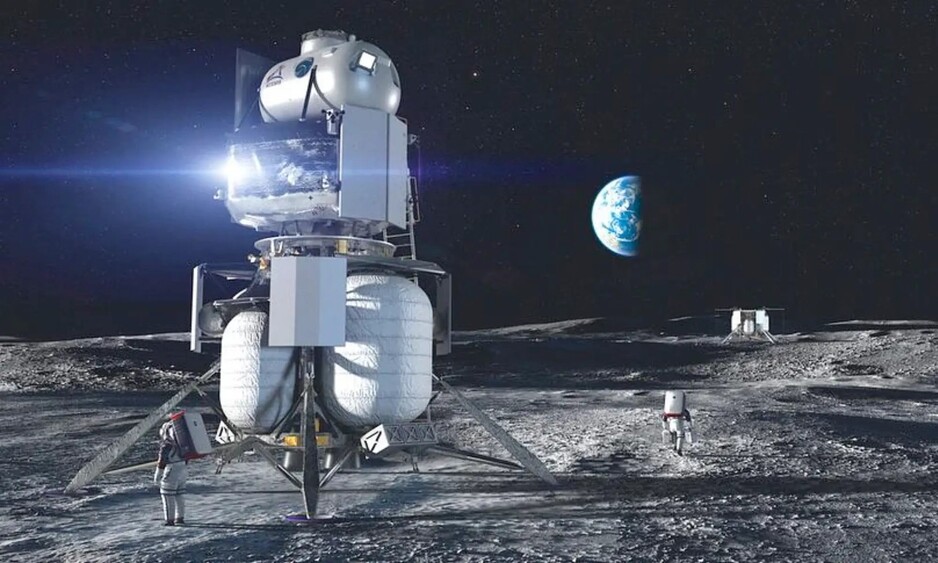
In the 20th century, humanity already tried to colonise the Moon, but it turned out to be an impossible project at the time. Even though the Americans landed astronauts on the lunar surface 6 times as part of the Apollo programme, in 1975, the NASA projects were closed due to very high costs and low project returns. The Soviet Union, USA’s main competitor, completely abandoned the idea of landing, limiting itself to flying probes around the Moon.
Only 40 years later, the leading space powers returned to the idea of colonising the Moon. But the recent space projects are much more ambitious. In 2019, US President Donald Trump announced the launch of the most ambitious of the NASA projects – Artemis, which involves landing astronauts on the Moon, both men and women, by 2025, and the construction of a lunar base as a transit point for further colonisation of Mars. The first project phase is the construction of the Lunar Gateway, an orbital station in lunar orbit to facilitate resupply and crew missions to the lunar surface. The NASA project involves space agencies in Canada, Europe, Russia and Japan, as well as private aerospace companies that will deliver cargo and astronauts and develop lunar landers.
In 2020, NASA scientists discovered water on the Moon, which is a significant factor facilitating future expansion and outer space science projects. In particular, refuelling rockets to return to Earth will be simpler. Oxygen and hydrogen, which are the main components of rocket fuel, can be obtained from water, which means that it will not need to be carried to the Moon, but extracted right on the spot.
Reusable rockets
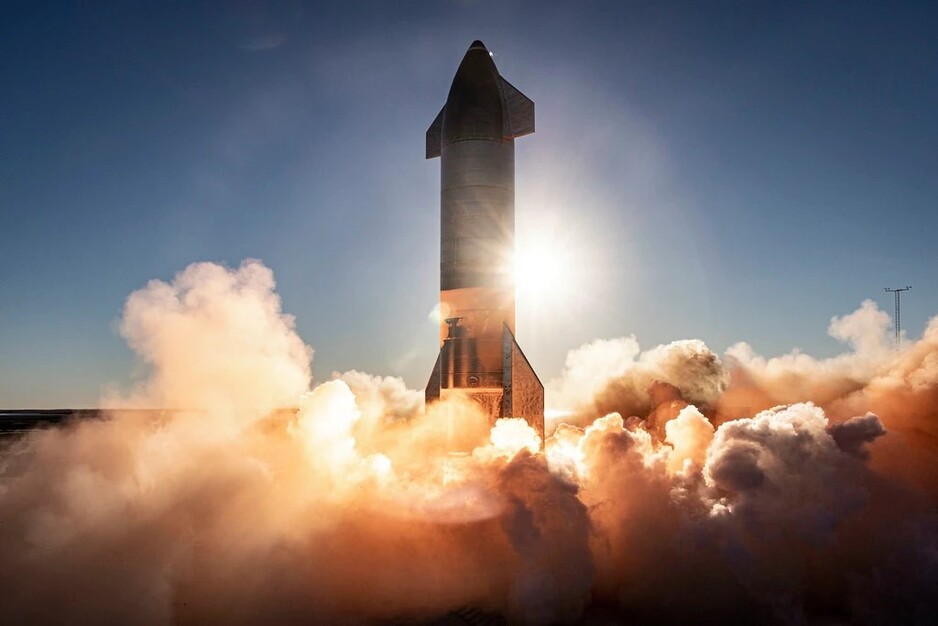
The 21st century ushered in the era of reusable rockets and ambitious space science projects. But what about the Space Shuttle, you may wonder? Despite over 40 years of history and 135 launches, the USA was forced to close the legendary program in 2011 as it did not live up to its project expectations. There were multiple reasons for closing the project – expensive pre-flight preparation and vehicle maintenance, high launch cost, and, most importantly, the danger for crews. The authority of the project was severely undermined by two disasters of the Challenger (1986) and Columbia (2003) shuttles. The first collapsed on launch; the second crashed on splashdown. All astronauts died. After the disaster in Colombia, the project was suspended for 3 years, and after another 5 years it was finally closed, and all shuttles were disposed of.
By the end of the 2020s, they were replaced by reusable launch vehicles. Such rockets are based on returnable and reusable elements (first stage and nose fairing), which allows reducing the total launch costs by 30-40%.
Reusability has another advantage – flexibility in terms of payload mass. An example of the current use of SpaceX Falcon 9 clearly shows that the same launch vehicle, by adding upper stages and choosing between a returnable (reusable) and disposable option, can compete simultaneously in several classes (medium, heavy and transitional). This makes multiple use of the first stage a must for launchers to be competitive in today’s market. In particular, all new promising projects are being developed with this in mind. For example, the colossal SpaceX Starship, which the company is going to use in the Artemis mission and project to Mars 2023, will be completely reusable.
Space tourism
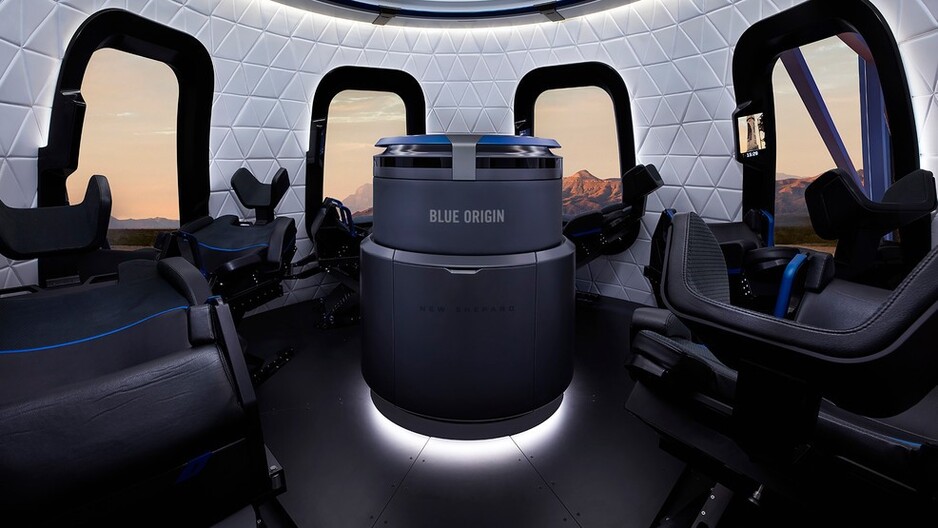
Astronaut flights into space no longer surprise anyone. Yuri Gagarin became the first person in orbit in 1962, and since then, about 600 people have been in space. But they were all professional astronauts with extensive training. 2021 was a turning point in space flights with people because, for the first time in history, ordinary tourists were sent into space! And the same legendary pioneers of Private Space – Virgin Galactic, Blue Origin, and Space X – made it happen.
The first two companies used their VSS Unity, and New Shepard for suborbital flights to the Karman Line (altitude 100 km), and SpaceX went further, sending tourists on a three-day trip into orbit on the Crew Dragon ship.
Suborbital tourism project is predicted to have a great future. Today, tickets for such a flight cost hundreds of thousands of dollars, but with the improvement of project technology, the price will decrease. In addition, suborbital flights can replace intercontinental flights in a few years, reducing travel time by up to 10 times. Flights of ordinary people into outer space and loud space exploration projects are a more distant prospect, but one thing is clear – a start has been made, and someday humanity will fly to other planets as easily as it does so in science fiction films.
Global satellite internet
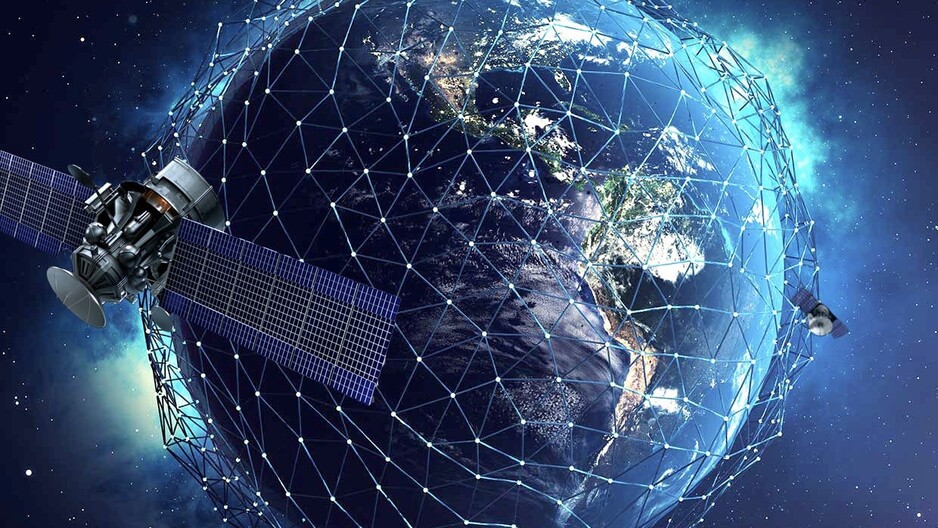
One of the largest recent space projects from SpaceX is called Starlink; this project aims to provide global Earth coverage with high-speed Internet. Just imagine, no matter where in the world you are, you will be provided with mobile Internet at speeds up to 150 Mbps for $100 per month! About 2,000 Starlink broadband satellites are already deployed on LEO and GSO, and the entire constellation project will include 12,000 spacecraft.
However, Starlink is unlikely to be able to establish a monopoly in this market. The company has a UK competitor, OneWeb. Its constellation project is not so numerous (up to 900 satellites), and the subscription fee for using the service is five times more expensive, but OneWeb has its advantages. The company plans to occupy a niche in the B2B segment and is ready to start providing services as early as 2022, while Starlink will deploy the constellation project no sooner than 2025. In any case, we will soon witness a revolution in communication services, which inspires hope.
Spaceplane

The reusable spaceplane project has existed since the last century, but only in the 21st century did it begin to take on tangible forms. Today, all flights into space take place with the help of multi-stage rockets, since overcoming the resistance of the Earth’s atmosphere requires a huge jet engine thrust. The British company Reaction Engines is developing Skylon spacecraft with an innovative Sabre engine project that can operate in two modes: jet and rocket.
In other words, the Skylon project won’t require stages. It will take off like a conventional aircraft, reach speeds of over 5,000 km/h in the Earth’s atmosphere, and at an altitude of 25 km, switch to “rocket” mode for manoeuvres in orbit. The implementation of this project will greatly simplify the process of delivering cargo into space while also creating spacecraft that can reach any point on the globe in less than 4 hours.
A similar spacecraft, or rather the Dream Chaser rocket plane, is being developed by the private American company Sierra Space. Dream Chaser project is an improved version of the legendary Space Shuttle. It will be launched into space using a Vulcan or Atlas 5 launch vehicle and will be capable of self-gliding and horizontal landing like the Shuttle. Dream Chaser will make both manned and unmanned flights and will be able to lift up to 5 tonnes of cargo into orbit in a pressurised compartment and up to 500 kg in an unpressurised external compartment. The device will be able to return up to 1850 kg back to Earth. One rocket plane will be designed for 15 missions, and the first flight could take place as early as April 2024. The creators of Skylon promise the first mission in 2025. Well, we’ll see who comes first in this race.
The next-generation spacesuit

New space missions require astronauts to perform an ever-increasing range of tasks and to do this, they need comfortable spacesuits for movement and manipulation because space is still hostile and deadly, so a person needs a protective shell. Old spacesuits were bulky and heavy, although they have seen some improvements over the years.
AxEMU is a new generation spacesuit developed by Axiom Space. The Axiom Space suit is based on the design of the NASA Exploration Extravehicle Mobility Unit (xEMU) suit but provides increased lightness, mobility, safety, high protection in harsh environments, and a set of specialised tools to perform exploration tasks and expand scientific capabilities.
AxEMU is being developed specifically for Artemis missions and may prove itself in harsh lunar conditions as early as 2025. It looks like the Apollo astronauts’ clumsy jumps on the Moon are a thing of the past.
Space mining
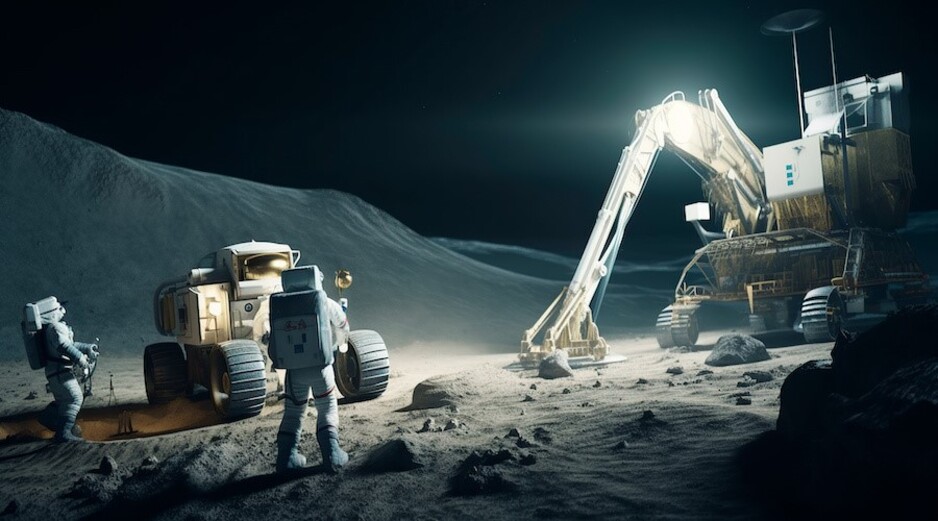
The current decade promises to be the beginning of the space minerals mining era. Studies of the Moon, Mars and asteroids have shown that they are full of minerals that can be soon depleted on Earth. Helium 3, iron, rare earth metals, silicates, water — space has everything for humanity to make a new technological breakthrough and solve many of the earthly problems. Dozens of public and private space companies already have their own space projects to develop mining technology on asteroids and planets, but there are still a lot of obstacles to overcome. The only way to do this faster is by working together, and we hope that countries and agencies will join forces for all mankind.
Asteroid impact defence
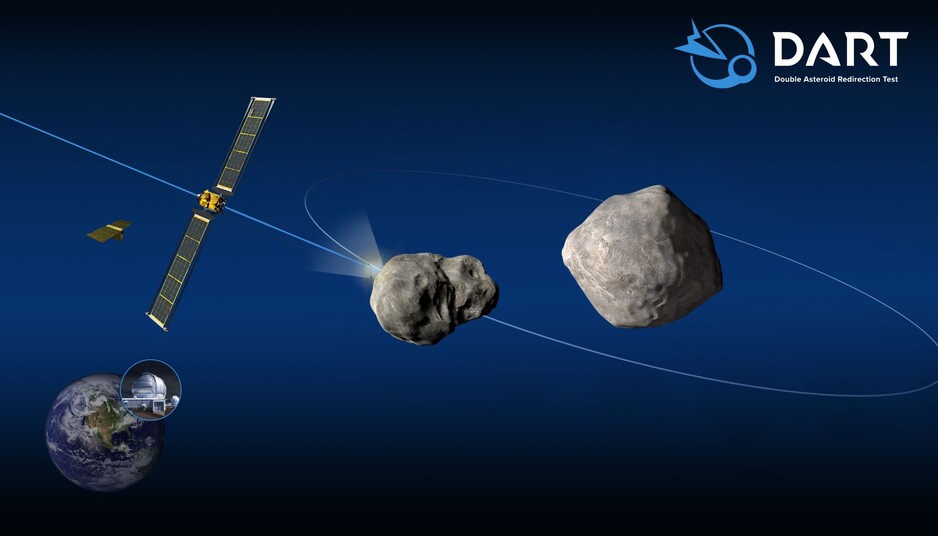
Space movies show us different scenarios of threats to our planet, from an alien invasion to a collision with a huge asteroid. Fortunately, the first is still fiction, but the second has happened more than once. Asteroid debris regularly falls to Earth, but our atmosphere handles most of it by burning the debris up. However, history knows examples of larger stones falling, which caused enormous damage to our planet. In our other article, we talked about what will happen if a big asteroid hits Earth. Today, we will tell you about existing space projectsto avoid an impact.
DART (Double Asteroid Redirection Test) mission is the first ever successful mission to test kinetic impact technology. NASA launched this project in November 2021 with the goal of colliding with the asteroid Dimorphos, which is a satellite of the asteroid Didymos. The impact occurred in September 2022 and resulted in a 33-minute change in Dimorphos’ orbital period. This showed that kinetic impact could be an effective way to repel truly dangerous asteroids.
The next research phase is ESA’s Hera mission, which will launch in 2024. During the Hera mission, the main spacecraft and its two accompanying CubeSats will conduct detailed studies of Dimorphos and Didymos, focusing on the crater and surface disturbances left after the DART collision, as well as accurately determining the mass of Dimorphos. Detailed post-impact studies of the Hera project will greatly enhance DART’s knowledge of planetary defences.
More space projects to come?
Of course, these are far from all the outstanding space projects of the 21st century. There are a dozen more we haven’t mentioned. The fight against space debris, the development of green propellants, the return to Jupiter, the exploration of the Mars moons, the first flight to Venus, and so on. What’s the most important? Today’s space expansion is no longer a big space race for leadership but a joint operation for the benefit of all mankind.






Thank you for your comment! It will be visible on the site after moderation.